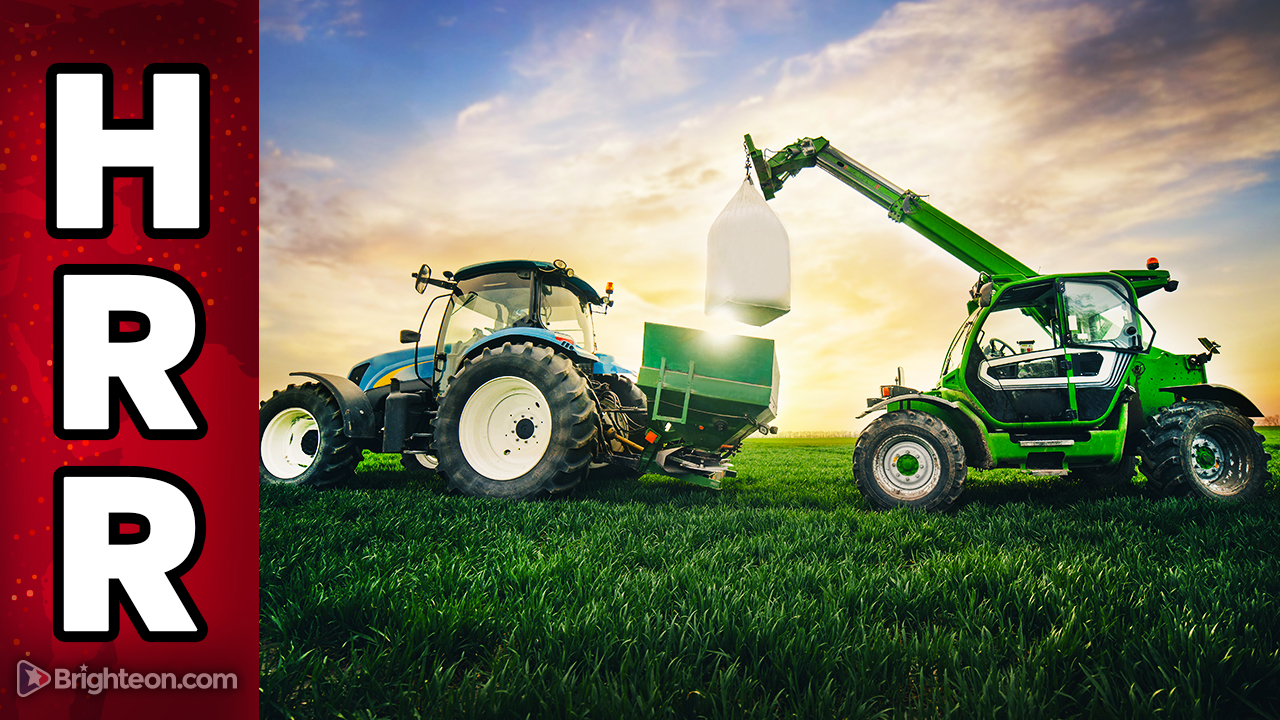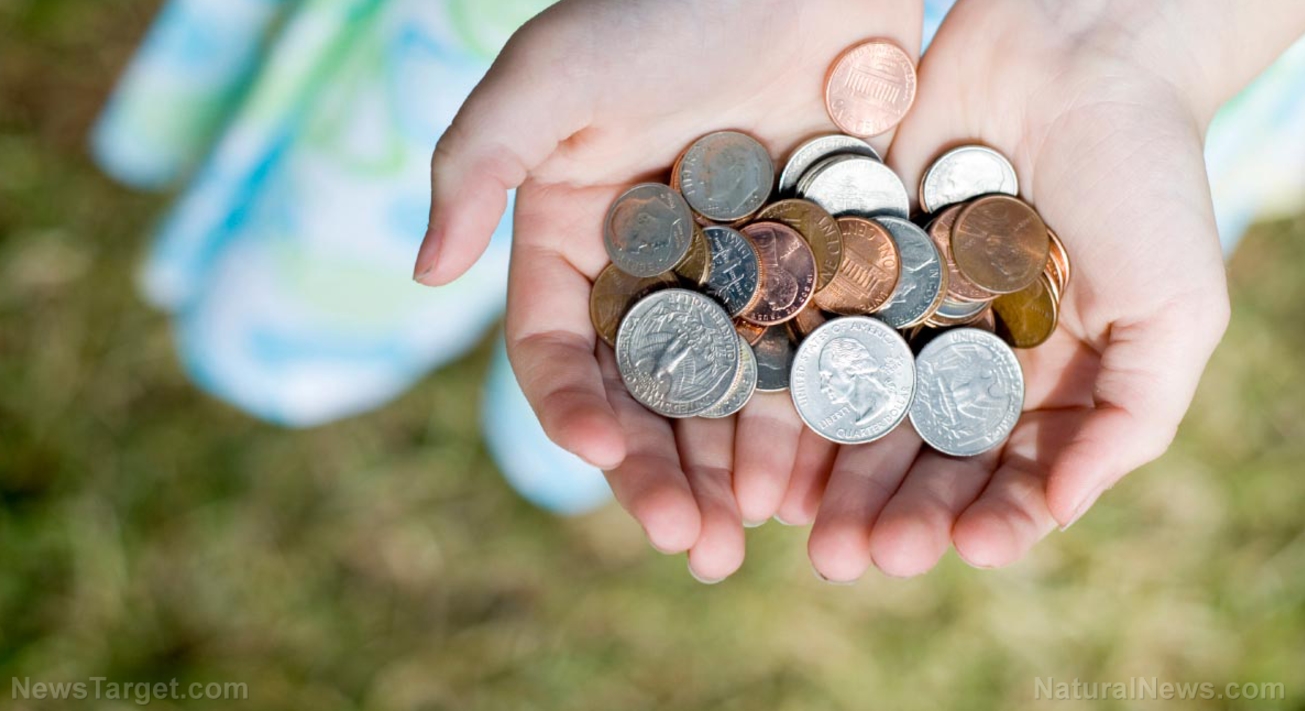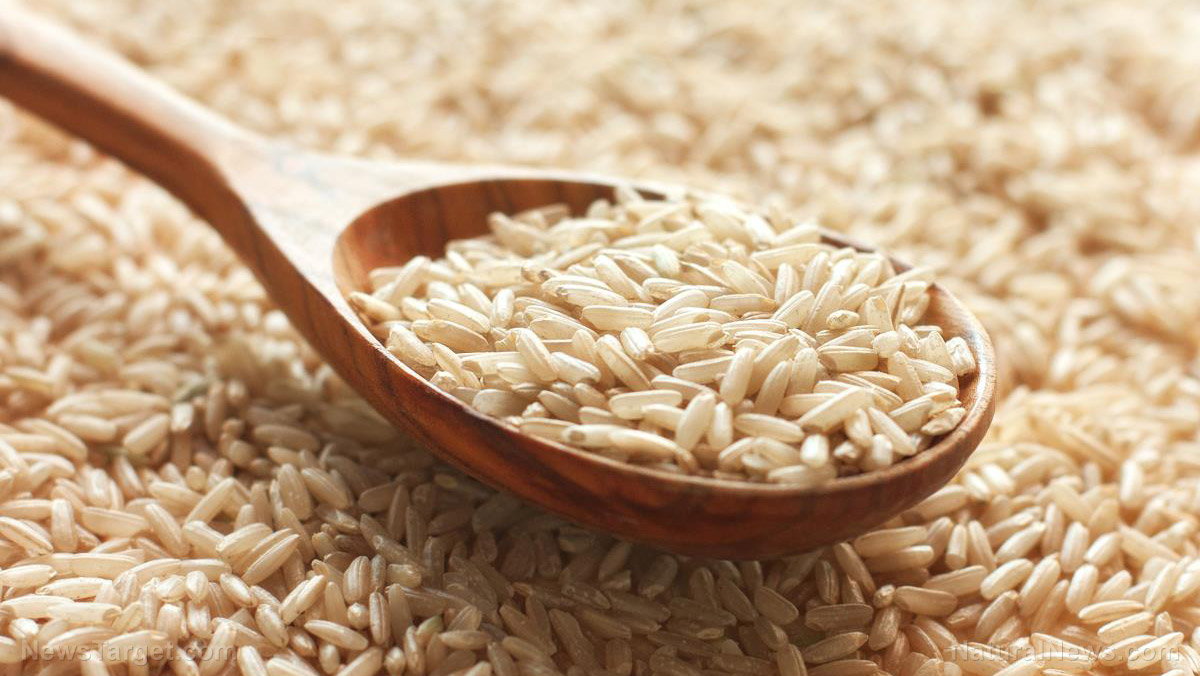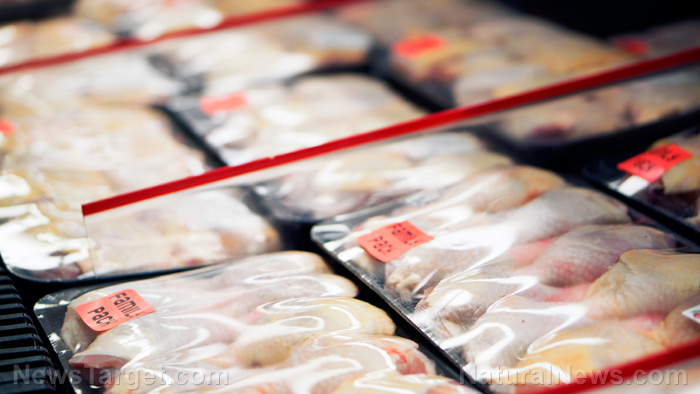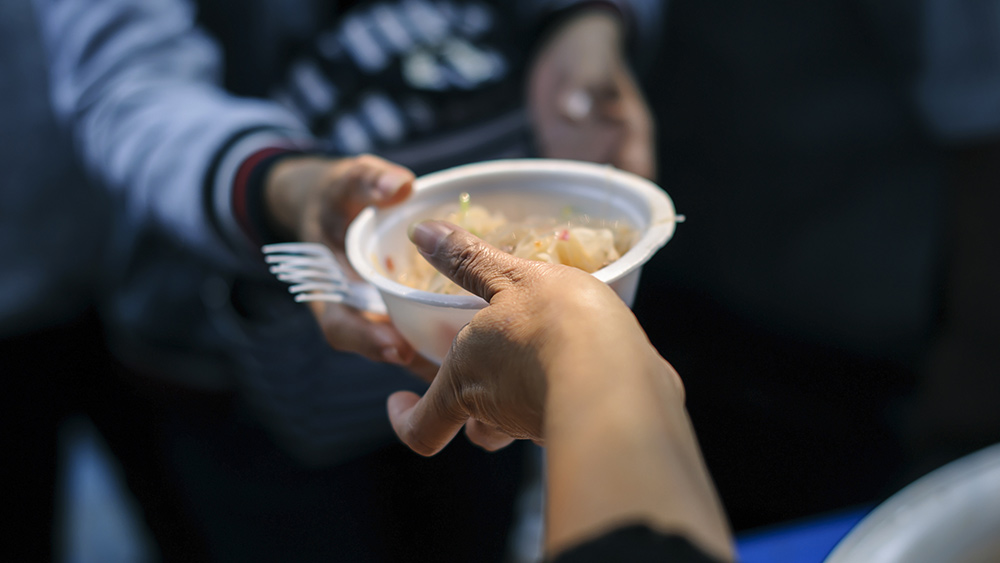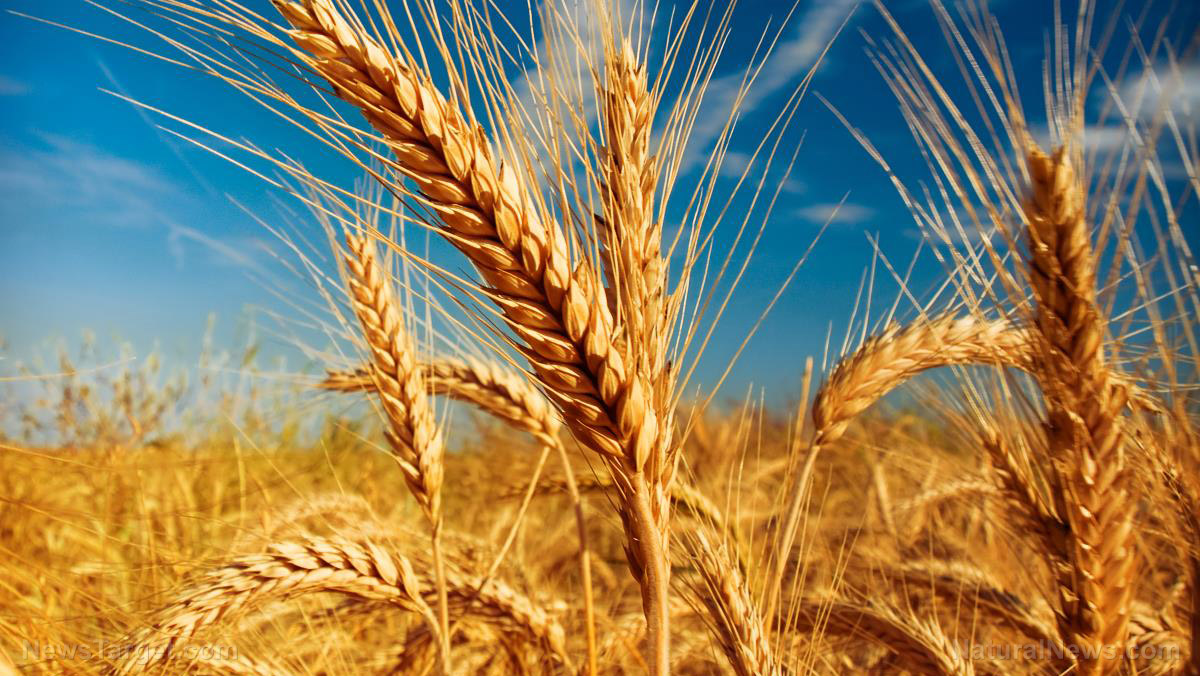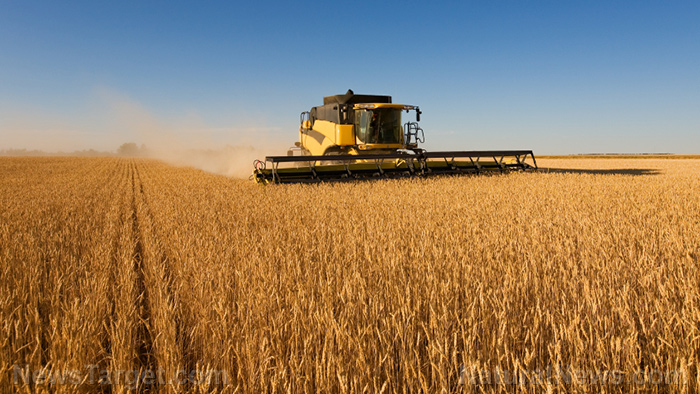Midwest farmers struggling due to spiking fertilizer costs
06/03/2022 / By Ethan Huff
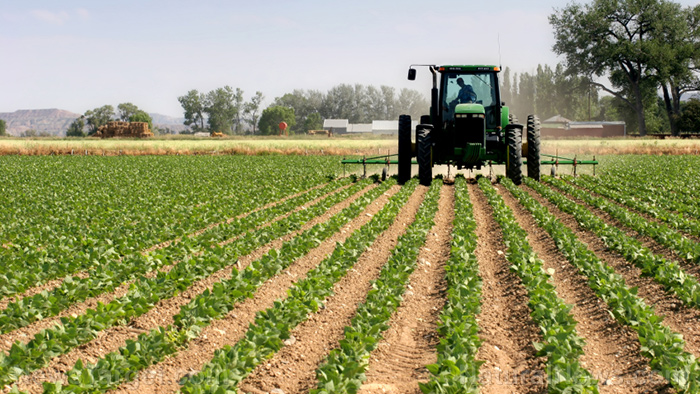
Inflation is teetering at 40-year highs and America’s farmers are on the brink of disaster due to soaring fertilizer prices.
In order to grow food for the nation within the current system, farmers need a steady and plentiful supply of cheap fertilizer. Since last year, fertilizer costs have skyrocketed by more than 60 percent.
“An average 2,500-acre corn and soybean farm has seen their fertilizer bill increase $175,000 in the last year alone from $250,000 to $425,000,” said Loren Koeman, lead economist and manager of Industry, Conservation, and Regulatory Relations for the Michigan Farm Bureau, to The Center Square.
Rep. Steve Carra, a Republican from Three Rivers, put forth a new resolution called House Resolution 205 that aims to bring down the price of fertilizer to help not only farmers but also consumers at the grocery store who are now paying much higher prices for staples like meat, dairy and bread.
“Farmers play a vital role in Michigan’s history, along with today’s culture and economy,” Carra, a member of the House Committee on Agriculture, said in a statement.
“There are about 10 million acres of farmland in Michigan, and we are home to over 47,000 farms. That’s millions of acres of farmland needing to be fertilized.”
Fertilizer monopoly in America generates massive profits for just two main companies
Like many, Koeman is blaming the conflict in Ukraine for rising fertilizer prices, but the fact of the matter is that inflation was already out of control last year and has only gotten more out of control since.
Nitrogen-based fertilizers are made from natural gas, which has been increasing in price as well, along with many other forms of energy, including gasoline. This is also impacting transportation, which is much costlier for the truckers who transport and deliver the nation’s food to grocery stores.
This perfect storm of spiking prices is delivering what appears to be a death blow to the food supply chain, though in relatively slow motion. Eventually it is all going to catch up, however, and the outcome will not be pretty.
Another problem is the fact that just two companies control over 90 percent of the U.S. potash market. Consolidation has created a monopoly in this particular market, which is great for the two companies that sell fertilizer but really, really bad for consumers.
Nutrien, one of the two main players, generated profits last year that were 1,000 percent higher than the company’s 2020 profits. Meanwhile, fertilizer is really expensive and in short supply – coincidence?
Farmers do not have to use as much fertilizer as they currently do, just to be clear. Modern technology requires it, however, and unless farmers revert back to more traditional growing methods, the situation will only worsen.
According to Koeman, the GPS systems alone that American farmers rely on, which automatically test soil and manage individual growing zones within fields, require heavy amounts of fertilizer to keep yields at maximum levels.
In the short term, high fertilizer prices are reducing farmers’ profits. In the longer term, however, farmers will eventually pass the increased costs on to consumers, resulting in higher food prices.
“This year crop farmers have been largely able to offset the higher cost of fertilizer with higher crop prices, driven by the supply disruption in Ukraine,” Koeman is further quoted as saying.
“Farmers worry, however, that fertilizer prices are likely to stay high even as crop prices fall back to more normal levels, squeezing profits.”
Theresa Sisung, an industry relations specialist at the Michigan Farm Bureau, agrees with Koeman, however she hopes that increased sales and good yields will hopefully pass at least some savings on to consumers.
More of the latest news about the breakdown of the food supply can be found at FertilizerWatch.com
Sources for this article include:
Submit a correction >>
Tagged Under:
agriculture, collapse, crops, farmers, fertilizer, food, food scarcity, food supply, harvest, hunger, inflation, midwest, starvation, struggling
This article may contain statements that reflect the opinion of the author
RECENT NEWS & ARTICLES
FoodScarcity.News is a fact-based public education website published by CORONA2019 News Features, LLC.
All content copyright © 2022 by Food Scarcity News Features, LLC.
Contact Us with Tips or Corrections
All trademarks, registered trademarks and servicemarks mentioned on this site are the property of their respective owners.

